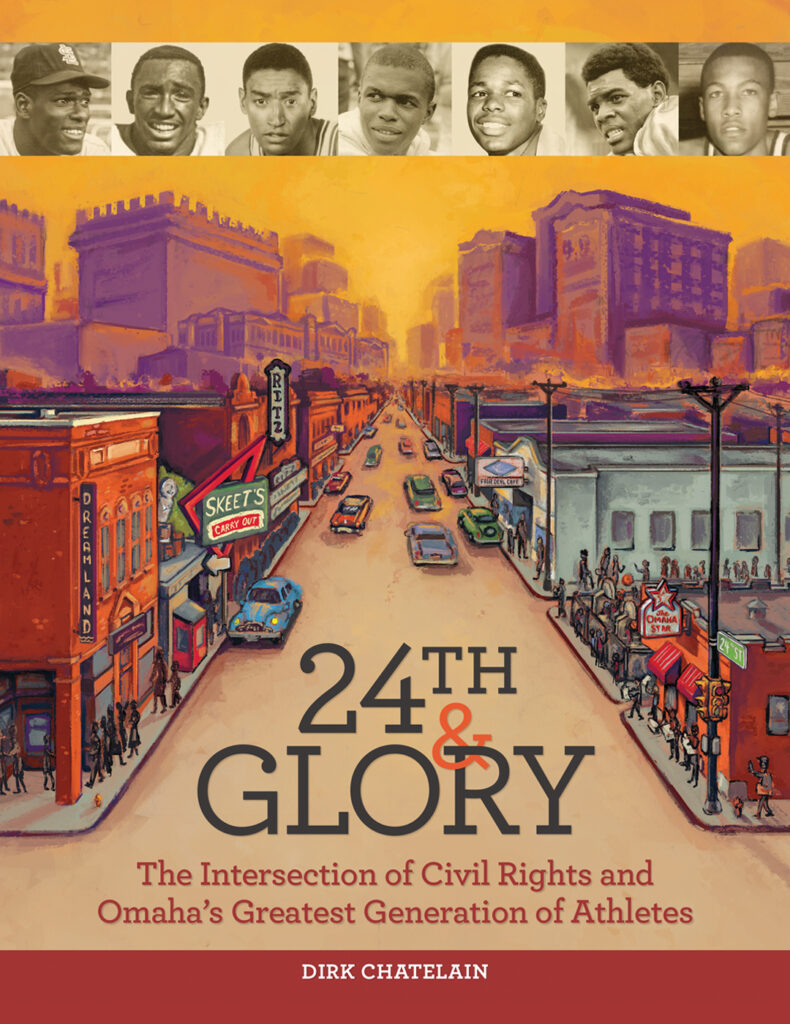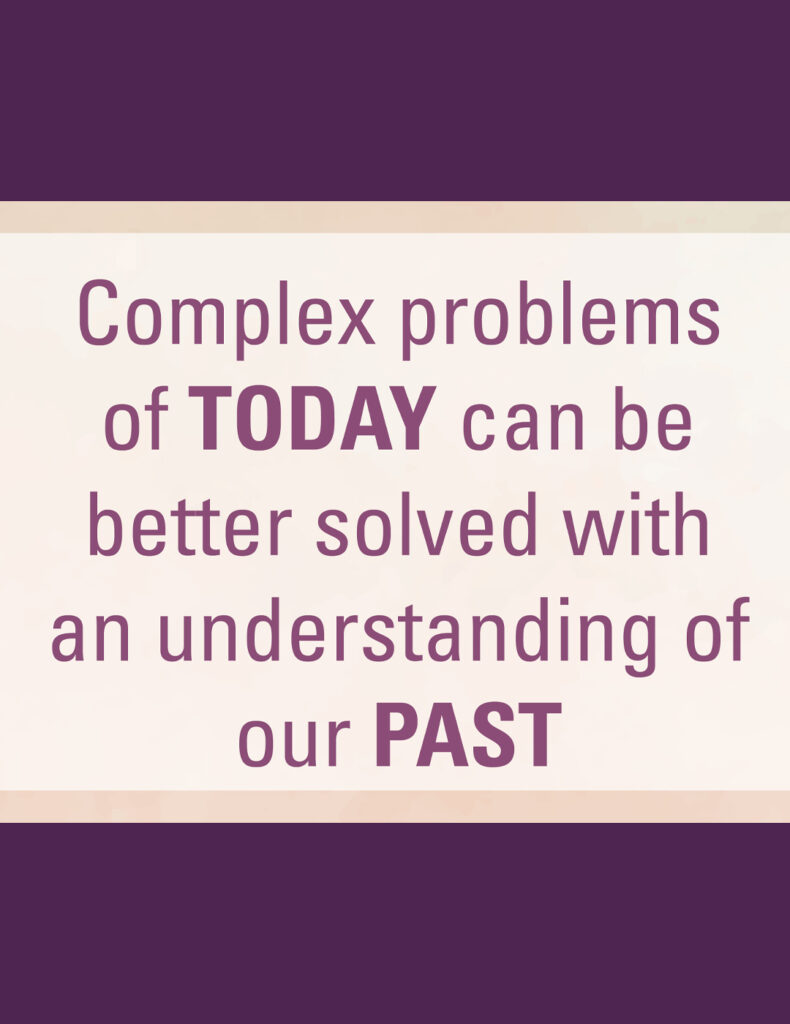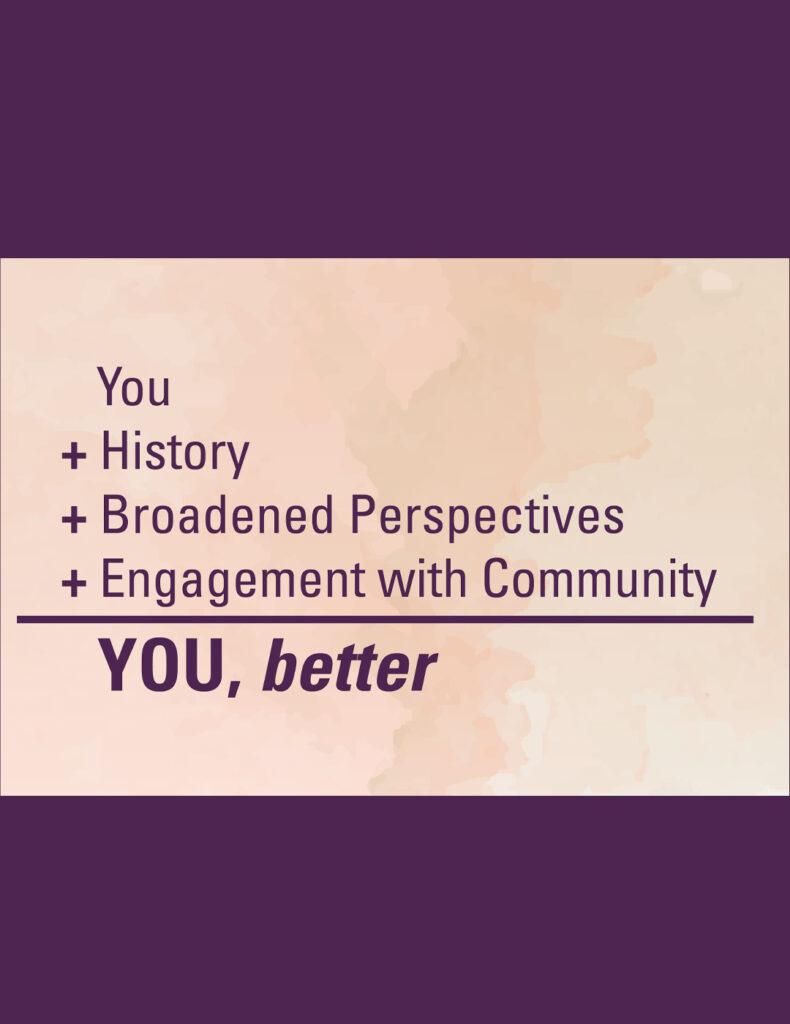VIEW THE SYMPOSIUM WEBPAGE FOR THE LATEST INFORMATION
Share your insights with fellow generative AI explorers at—or plan to attend—the Generative AI at UNMC Summer Symposium on Tuesday, July 23, 2024, from 11 a.m.–2 p.m. in the Truhlsen Campus Events Center at UNMC (located in the Michael F. Sorrell Center). This symposium brings educators, instructional designers, administrators, librarians, and technologists from UNMC and UNO to consider the profound impacts of generative AI on education. This is your call to strengthen our local community of practice and reveal who is doing what in this space. Topics will range from usage of generative AI in assignment creation or grading, information literacy instruction, ethics of generative AI in education, generative AI-enabled tools and educational research, and deepfakes and creative works in education.
The Generative AI at UNMC Summer Symposium chairs will consider submissions for presentations from UNMC and UNO faculty, staff, and students. Presenters can explore aspects of a research question, process, project, policy, or tool that uses generative AI technologies. Presentations will include slides, live demonstrations, or other visual examples and can be up to 10 minutes long, including questions and discussion. Presentations will occur simultaneously at stations, with participants moving around the event space. All stations will include internet-enabled screens (with laptop connections) for sharing slides, live demonstrations, or other visual examples.
UNMC and UNO faculty, staff, and students interested in presenting must submit a proposal by June 7.
You will be asked to include:
- The names, academic degree(s), affiliations, and campus locations of presenters
- An abstract of up to 125 words, to be included in the program. Include your objective, methods, results, and conclusions.
Presenters will be notified of acceptance by June 14.
The symposium will be free and open to members of the UNMC and UNO communities.
Questions? Contact the planning chairs, Emily Glenn or Rachel Lookadoo.
This symposium is co-sponsored by the McGoogan Library, College of Public Health, Office of Faculty Development and Academic Affairs.
h AKBtrO 

